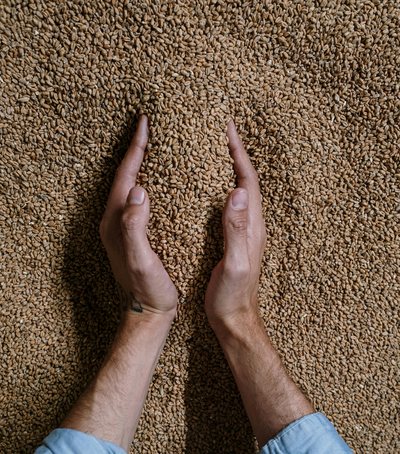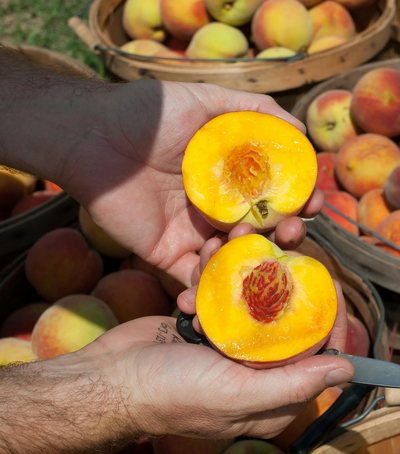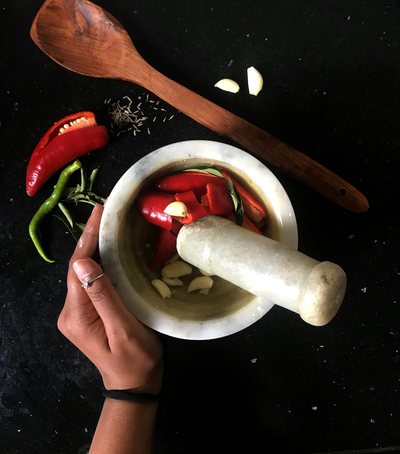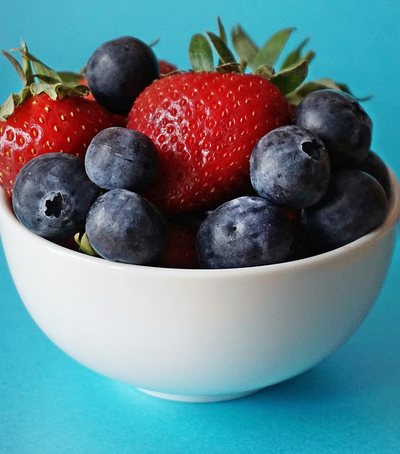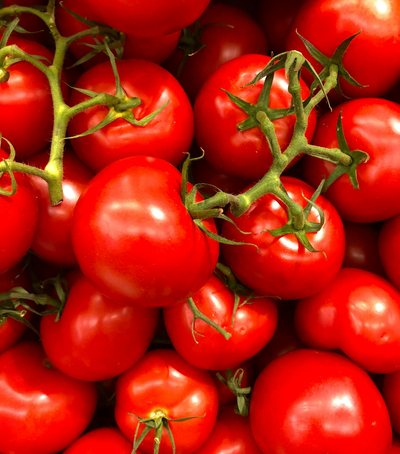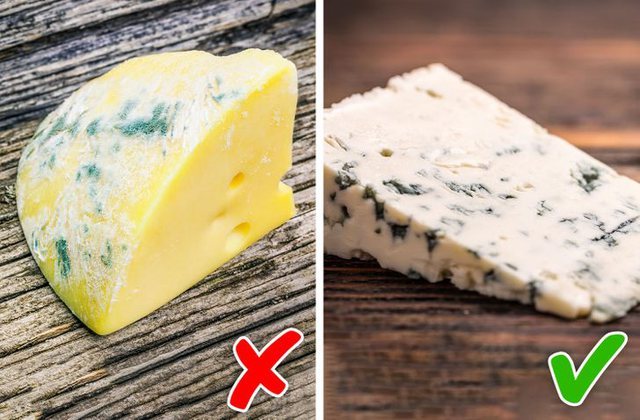
Mold in food is a common phenomenon we encounter in our kitchen. Finding out that your favorite food has gotten a little moldy always raises the question of whether to consume it or not.
Should the slight presence of mold be ignored or does a small sign of it make food inedible?
The answer is based on data from the USDA (US Department of Agriculture).
Moldy foods that can be eaten without a problem
Strong cheeses
Kachkaval cheese is an example of hard cheese.
If it gets moldy, just cut off the part affected by the mold and throw it in the trash.
The pure part of the cheese is safe for consumption. Be sure to use a clean knife, which you should wash immediately afterwards to avoid further contamination.
Fruits and vegetables
Carrots, potatoes and turnips have a firm skin that prevents mold from penetrating deep. Even if a part is moldy, you can cut it with a knife and use the clean part in cooking.
Fruits and vegetables (zucchini, peaches, apples, grapes) and all those with soft skin on the other hand should be thrown in the trash immediately as soon as you notice that they have become moldy.
The mold is toxic
The presence of mold can cause allergic reactions and respiratory problems. In some cases it happens that the mold transforms into a toxic substance that makes people sick. It is therefore reasonable that if you have even the thinnest thread of doubt, discard moldy foods.
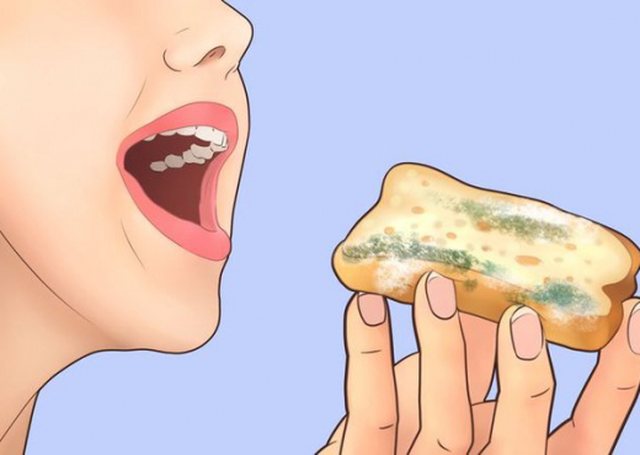
Foods that should be discarded immediately if mold has formed
Buka,
Sausages,
Poultry cooked and forgotten in the refrigerator,
Dishes left in the fridge for a long time,
Pasta and other cereals,
Soft cheeses, yogurt and pana,
Fruits and vegetables with pore skin,
Sweets,
Legumes (beans, lentils), nuts and peanut butter.
/ AW /

